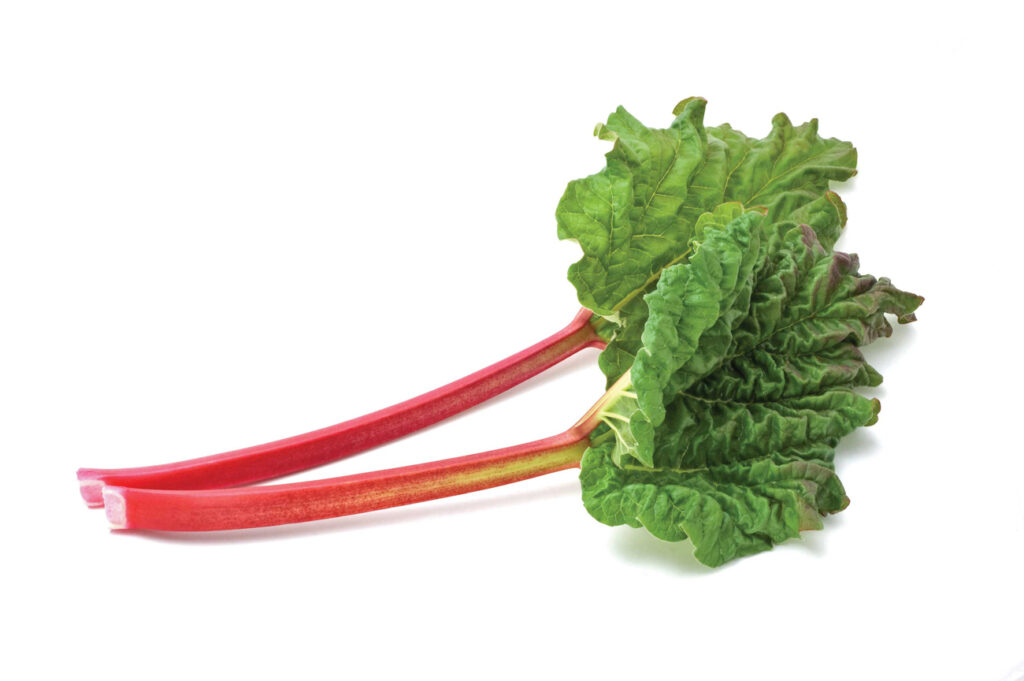July 2019
Karen Sutherland’s regular permaculture tips.
Winter is the season for withdrawing, reassessing and planning for the warmer weather. Use the colder weather to spend time reflecting on what went well in your vegetable patch, herb garden, home orchard or balcony, and dream up some new ideas to grow more food, better! Maybe you can combine with your neighbours and share your space to grow food together? Elderly neighbours may not be able to take care of their gardens anymore and may welcome the frequent interaction as well as the fresh, homegrown vegetables. One neighbour may have a sunny front lawn they don’t enjoy mowing, and a big hungry family, but not enough time to grow their own food, so may welcome a joint project. Nature strips are under-utilised in urban areas, and many councils are now allowing planting with something other than grass. Check with your council first as they may require a permit prior to setting up. Before you start planting, send your soil off to be tested cheaply for heavy metal contaminants at Macquarie University at their VegeSafe project. In your design, make sure to include some indigenous plants for insects and birds too. research.science.mq.edu.au/vegesafe
Most vegetables grow slowly in winter, so use some faster growing ones between slower crops for some quicker harvests. Radishes are quick to sprout and mature, and can be grown between other crops. The young tender leaves of radishes can be added to mixed cooked greens as well, although the larger leaves are not tasty! Bok choy grows quickly when planted as seedlings, and can be harvested gradually, leaf by leaf. Plant seedlings quite close together, around 20 centimetres apart, and keep separate by frequent harvesting. Always harvest the outer, lower leaves first, before they have a chance to spread out onto the ground and rot. When planting and harvesting intensively like this, you’ll need to not only prepare your soil well beforehand but use liquid feeds such as worm farm tea or fish emulsion every two weeks as soon as you start harvesting.
If you’re foraging for winter firewood for an outdoor or indoor fire, be careful what you take. Timber as well as bark can provide habitat for all sorts of small creatures such as insects and lizards; they are a necessary part of your local ecosystem. In urban areas, twigs, bark or branches dropped from street trees onto nature strips, footpaths or roads are fair game, as they are not going to be left there, but will be either picked up by council workers or in the worst case washed down into a stormwater drain. However, if the tree material drops onto a garden bed, then it’s best to leave it for habitat. Keep an eye out for scrap timbers put out onto nature strips; they are a potential source of firewood, and may otherwise end up in landfill. Avoid all treated or painted timber, which includes pallet wood, unless you can positively identify what they have been treated with. It seems that many pallets coming into Australia are treated with methyl bromide, so are best avoided. More details here: 1001pallets.com/pallet-safety
Winter is a good time to check your pantry before the spring starts to clear out anything getting too old. Take a look at your herb stores and clear out any herbs that you’ve had for over a year, as they will no longer be at their best and won’t contribute much to your health or food taste if you use them. If you haven’t labelled your herbs with their collection date, take a good pinch of each herb and crush it between your fingers and smell it – if some of the pungency and colour is lost, then best discard and replace with new collections. When you’re storing herbs in the future, always label each storage jar or tin with the date of collection, or pop a small card into your container with the information. Herbalist Juliette de Bairacli Levy advises in her books to make a little fire and burn your old herbs each year, adding the ashes to the same plants in the garden.
Seed stores should also be assessed annually for freshness and winter is a good time to do so. Seed collections should always be labelled with the date of collection, but it can be very useful to also include a use-by date. This information can be found in a chart at the back of the Seed Savers’ Handbook. If there are seeds you know to be past their use-by dates, you can use them as a green manure crop, throwing them into a fallow bed to see what grows. In spring, a month before you’re ready to plant your next season’s plants, cut down any growth that does happen, chop it up roughly and either dig it through the soil, or lay it on the surface, covering it with 50 millimetres of straw mulch. When you’re planting, either push aside the mulch and composting material to plant, or make sure the chopped up roots are not near the roots of your seedlings as any partly decomposed material could burn the young roots.
Now is the time for planting some perennial edibles such as rhubarb and asparagus. Preparing your soil deeply and well will help the plants put down a good root system so they can be a productive part of your garden for a long time, lasting up to 20 years. Make sure your soil is loose to around 50 centimetres deep, and dig through a 50-millimetre layer of compost and a 30-millimetre layer of manure, ensuring both are completely broken down, so they should smell sweet and look fairly evenly brown in colour. Mulch well after planting with 50 millimetres of straw or lucerne hay and water in well.



